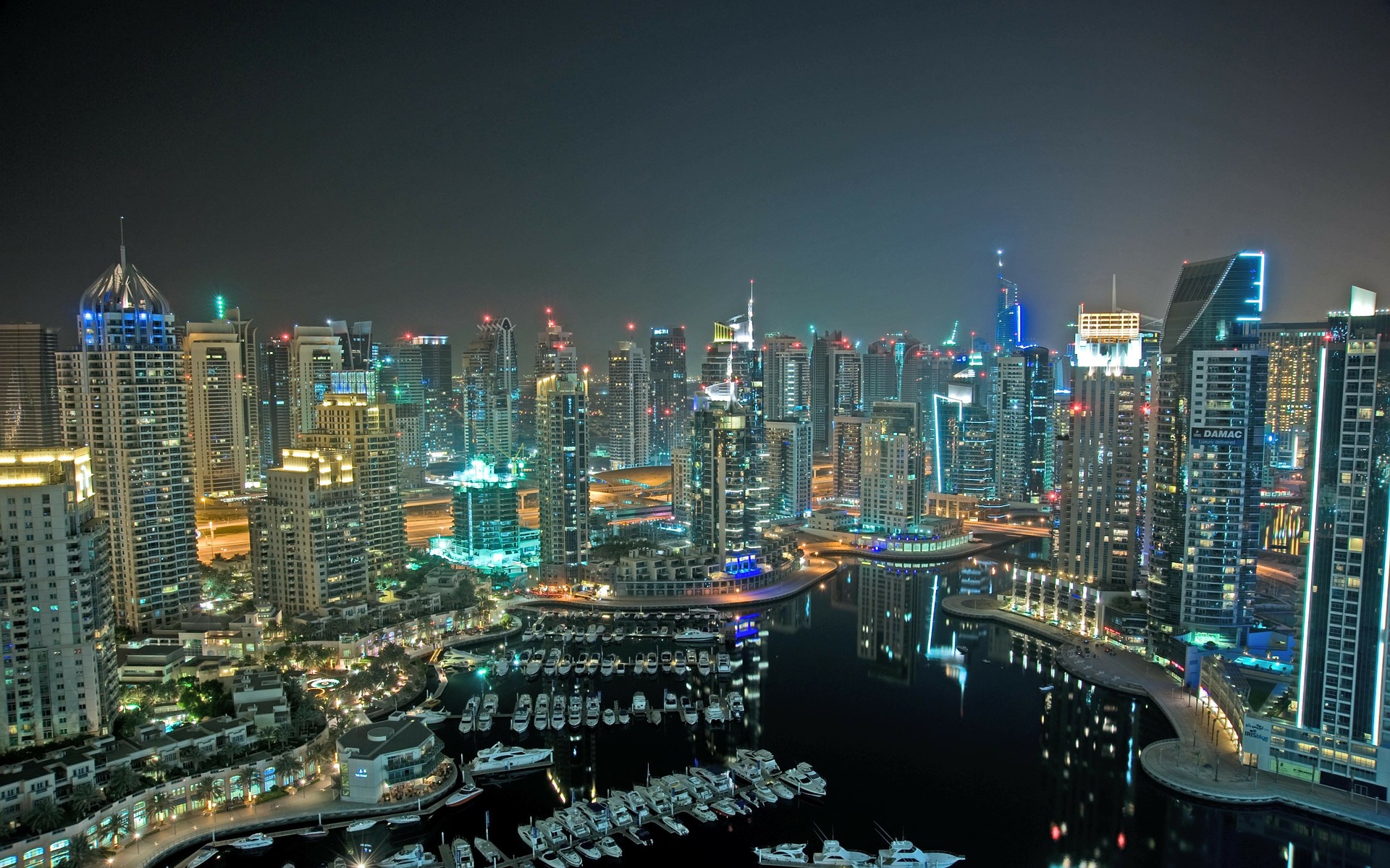
Unveiling the Dynamic World of Trade in the Middle East: Exploring the Vibrant Landscape of International Trading
The Middle East has been a hub of trade for centuries, captivating merchants and traders from around the world. The region’s strategic geographic location, abundant resources, and rich cultural heritage have contributed to its status as a key player in international trading. In this blog article, we delve into the fascinating world of trade in the Middle East, shedding light on its historical significance, current trends, and future prospects.
- Historical Significance of Trade in the Middle East:
The Middle East has a long and storied history of trade, dating back to the ancient Silk Road routes that connected Asia, Europe, and Africa. The region’s strategic position bridging the East and the West made it an essential trading hub, facilitating the exchange of goods, ideas, and cultures. From the bustling bazaars of Baghdad to the mighty camel caravans crossing the Arabian desert, trade has been at the heart of the Middle East’s economic and cultural development.
- Key Factors Driving International Trading in the Middle East:
– Strategic Location: The Middle East sits at the crossroads of major international shipping routes, making it an ideal transit point for goods traveling between Europe, Asia, and Africa. Its proximity to major markets makes it attractive for businesses seeking to expand their reach.
– Abundant Resources: The region’s vast reserves of oil, natural gas, and minerals have played a crucial role in shaping its trade landscape. Middle Eastern countries have become major exporters of energy resources, transforming their economies and forging lucrative trade partnerships with energy-dependent nations.
– Economic Diversification: Recognizing the need to diversify their economies beyond oil, Middle Eastern countries have embarked on ambitious economic development plans. Sectors such as manufacturing, services, tourism, and technology are becoming increasingly important, creating new opportunities for international trade.
- Current Trends in Trade:
– Intra-regional Trade: Middle Eastern countries are increasingly engaging in trade with each other, promoting regional integration and cooperation. The Gulf Cooperation Council (GCC) and other bilateral trade agreements have facilitated smoother trade flows among member states, enhancing business opportunities and boosting economic growth.
– Foreign Investment: The Middle East has become an attractive destination for foreign direct investment (FDI) due to its stable political environment, investor-friendly policies, and growing consumer markets. International companies are keen on establishing a presence in the region to tap into its immense potential.
– E-commerce Boom: The advent of e-commerce has revolutionized the trading landscape in the Middle East. Online marketplaces and digital platforms have made it easier for businesses to connect with customers across borders, fueling the growth of cross-border trade in the region.
- Future Prospects and Challenges:
– Economic Diversification: Middle Eastern countries are actively working towards reducing their reliance on oil revenue and diversifying their economies. This shift will open up new avenues for international trade, as these nations seek to develop competitive non-oil sectors.
– Infrastructure Development: Investing in robust infrastructure, including ports, airports, logistics facilities, and transportation networks, will be crucial to enhancing trade efficiency and connectivity within the region and beyond.
– Geopolitical Dynamics: The Middle East’s geopolitical landscape presents both opportunities and challenges for trade. Navigating regional conflicts, political tensions, and international trade policies will require proactive diplomacy and cooperation to ensure smooth trade relations.
Trade in the Middle East has long been a catalyst for economic growth and cultural exchange. As the region continues to redefine its economic landscape and diversify its industries, the potential for international trading is significant. By leveraging its strategic location, abundant resources, and evolving business environment, the Middle East is poised to play an increasingly vital role in global trade dynamics. The world awaits a future where the Middle East continues to inspire and shape the global trading landscape.

0 comments